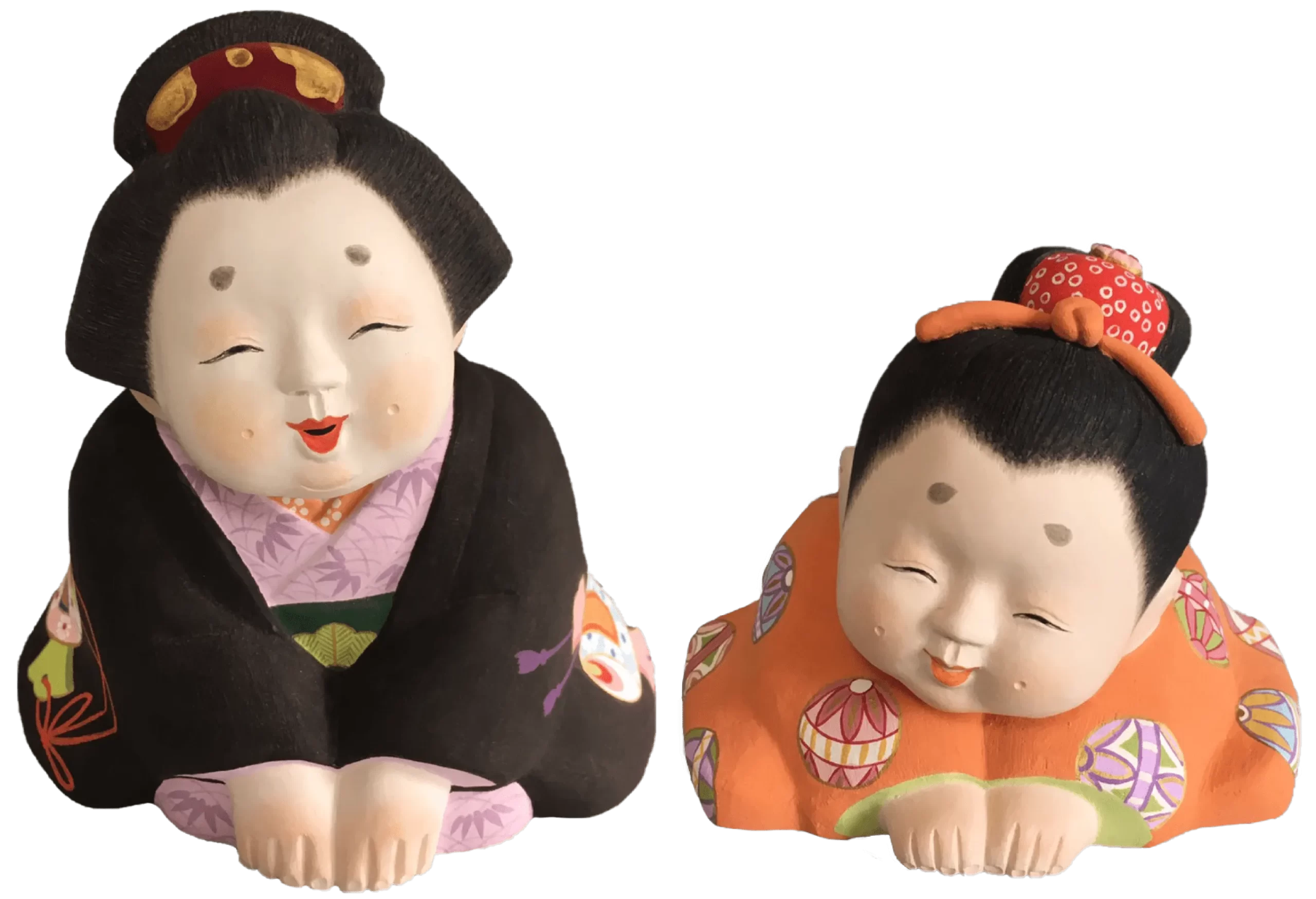
Created By a Husband and Wife -
Kyo no Suyaki Iro (The Unglazed Colors of Kyoto)
We continue to make clay dolls in Kyoto.
As a husband and wife team, making the most of our respective styles, we treasure the unique texture of unglazed clay.
About us
We hope to add color to our customers’ lives and thoughts with our diverse perspectives and expressions that are somewhat nostalgic, but also exciting.
We would be delighted if our customers could feel the unique charm and depth of meaning of our one of a kind handmade pieces.
We would be very happy if our work could be an opportunity for you to experience the traditional crafts of Japan and Kyoto.
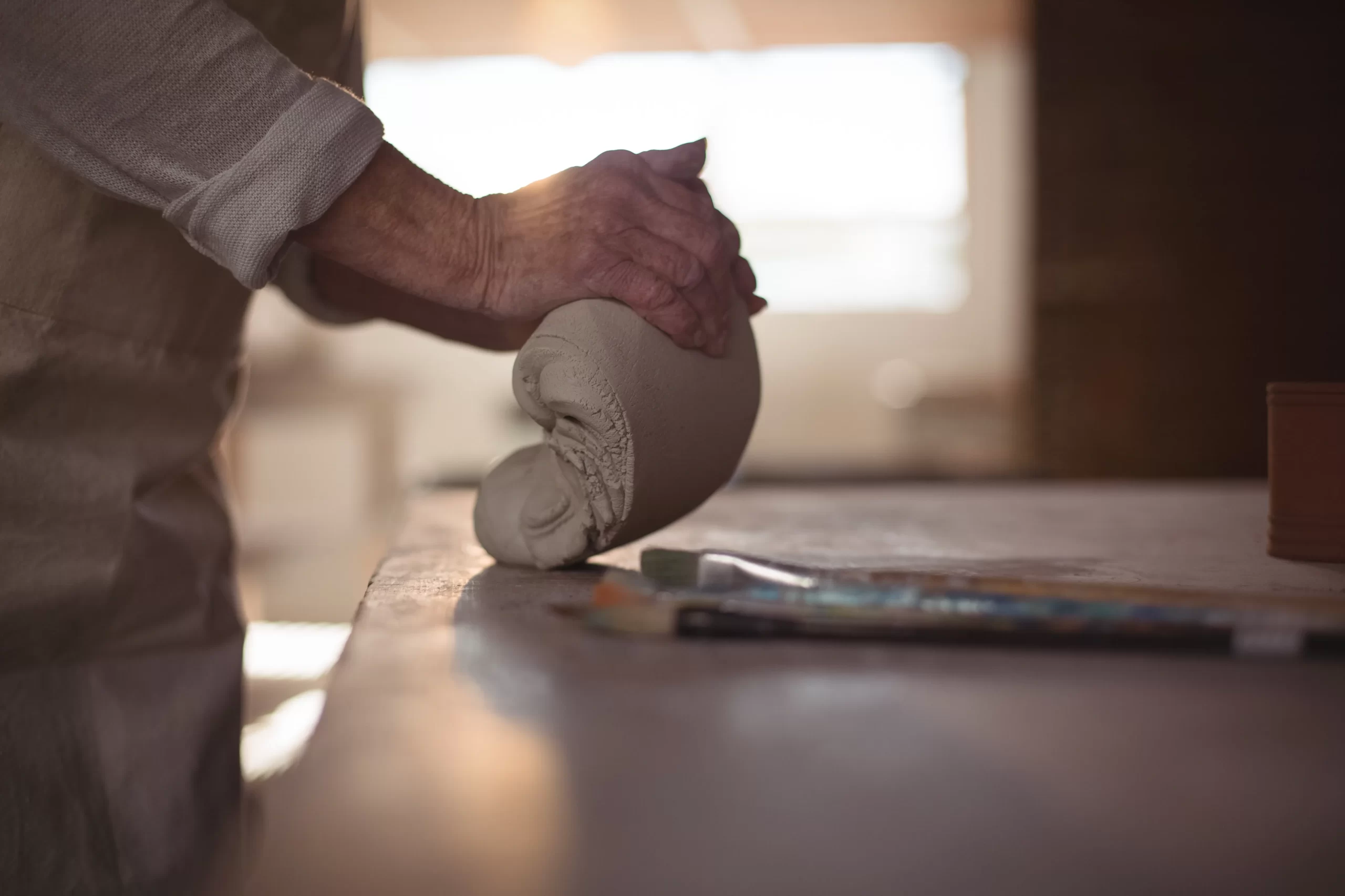
What are suyaki clay dolls?
Suyaki Clay Dolls
Unlike “honyaki” ware (glost/glaze firing), where glaze is applied and then fired at high temperatures, “suyaki” ware (biscuit/bisque firing) refers to pieces fired at temperatures around 800°C without any glaze. The color of unglazed clay closely resembles the complexion of Japanese skin, and is characterized by a sense of warmth and simplicity. Rooted in the manufacturing methods of “Kyoto Fushimi Dolls,” which are said to be the earliest Japanese traditional toys, we take great care to paint our pieces in a way that brings out the texture of unglazed clay.
Craftsman
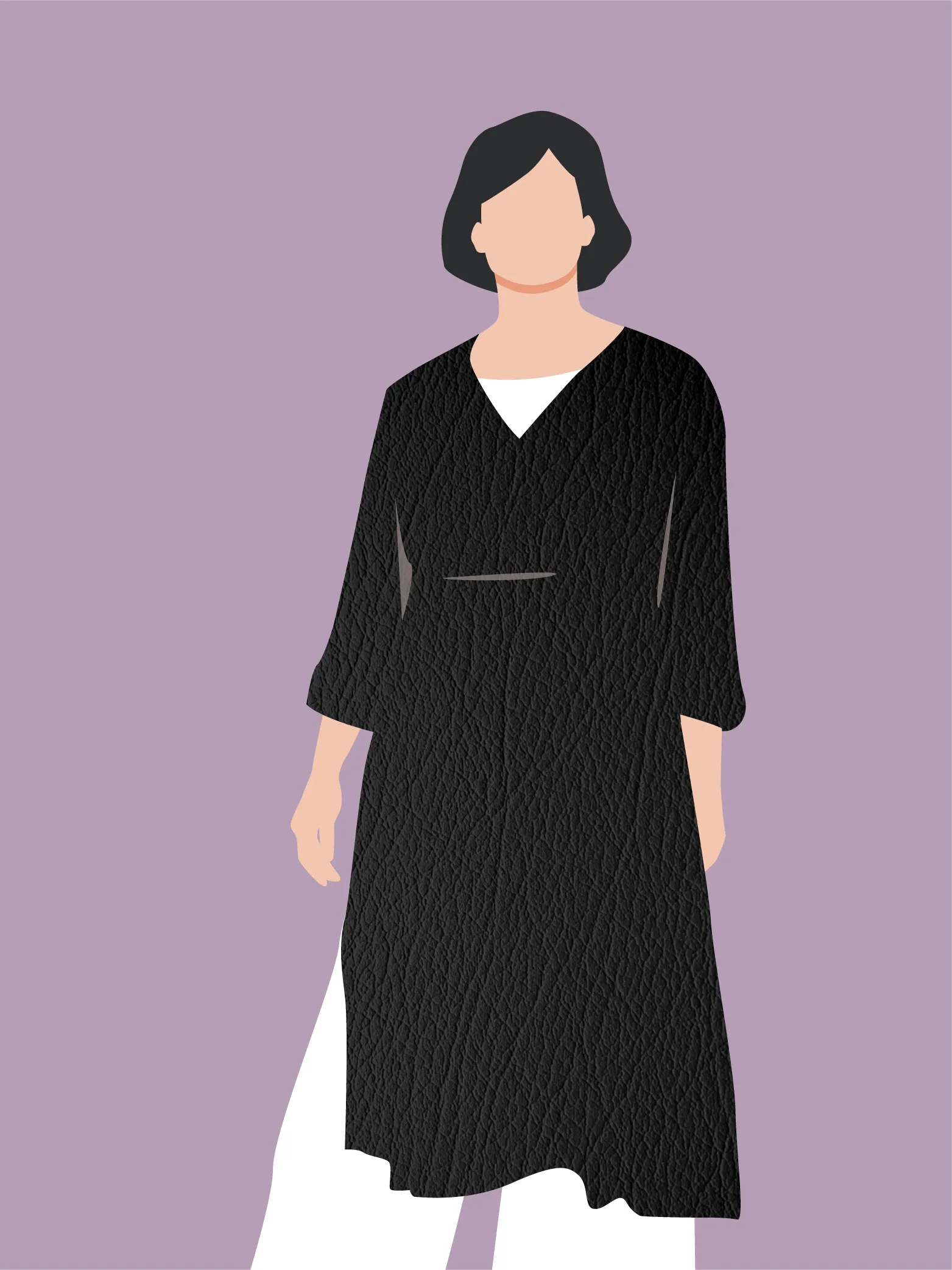
Traditional Clay Doll Artist
Keiko Shiro
Born in 1957
She studied sculpture at an art high school and apprenticed in Shimizu dolls. She has also been involved in yuzen hand dyeing and architectural perspective drawings. Since becoming an independent artist, she has continued to create clay dolls from her unique perspective.
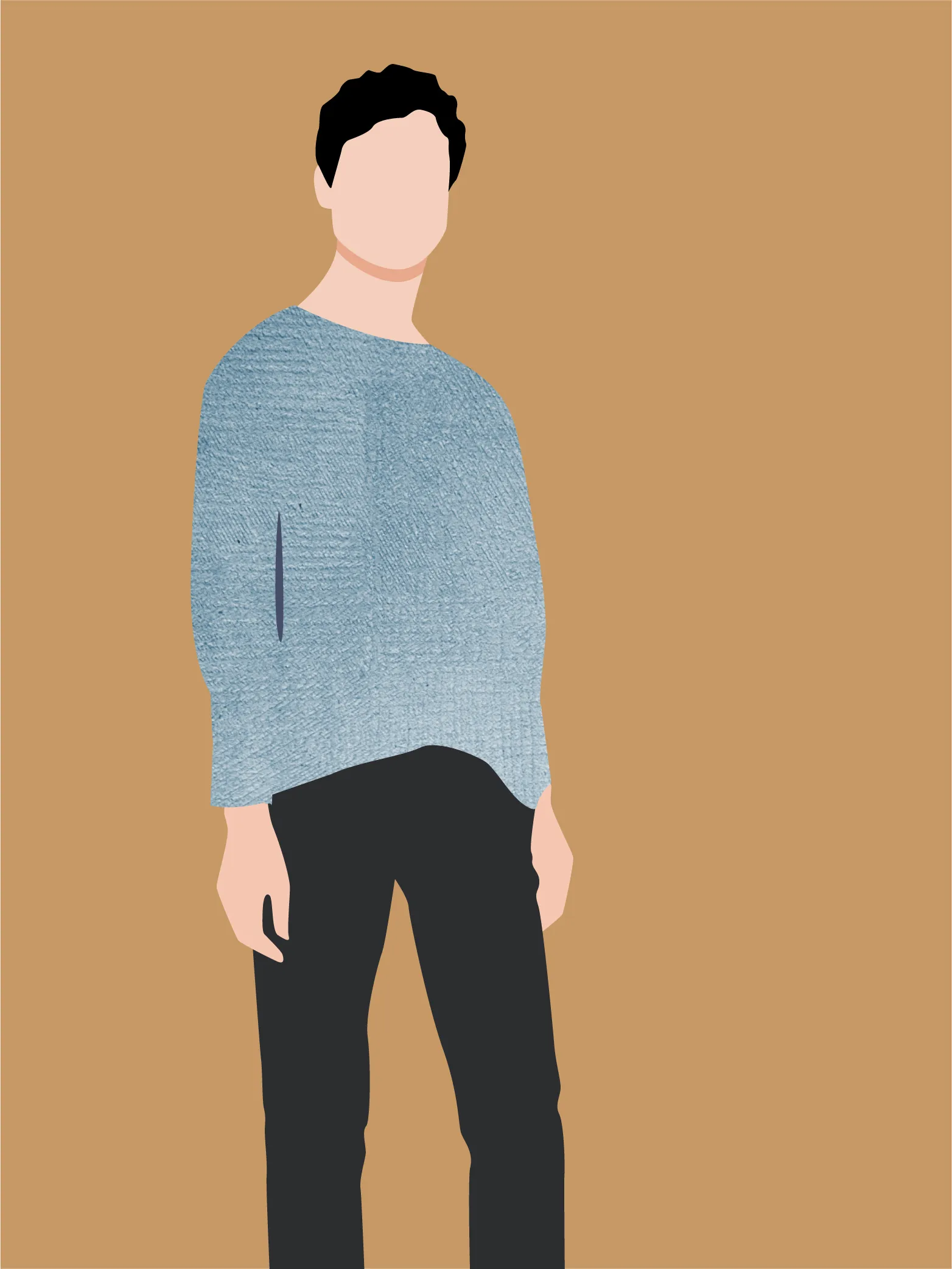
Traditional Clay Doll Artist
Yoshiaki Shiro
Born in 1959
He worked as a hand painted sign maker for movies before starting his career as a clay doll artist.
While valuing tradition, he continues to create with a fresh perspective.
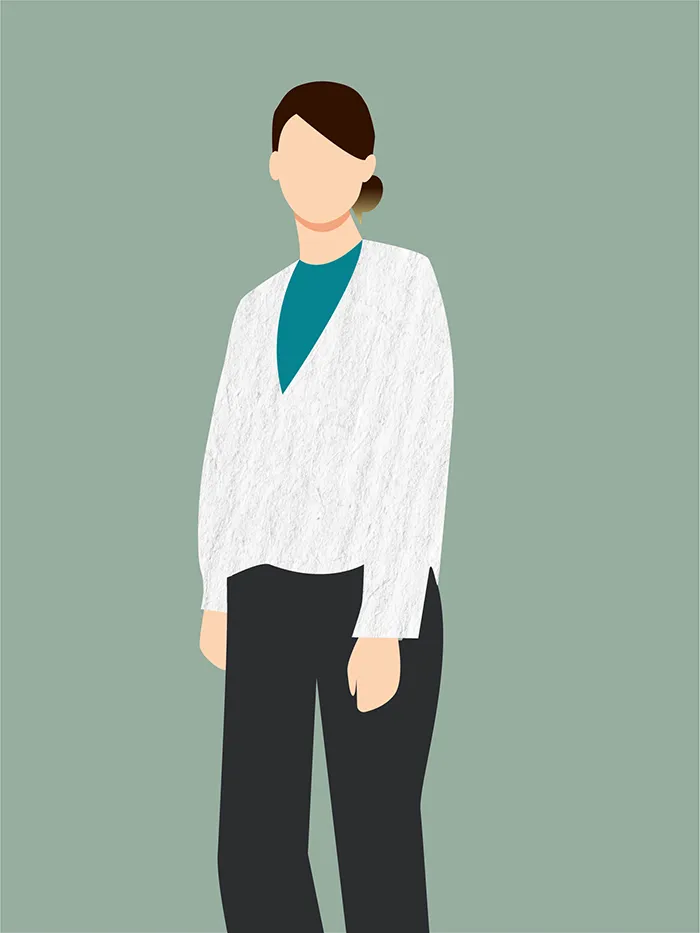
Assistant
shiro.
Born in 1996
Office Manager. Daughter.
She runs her own design studio.
Products
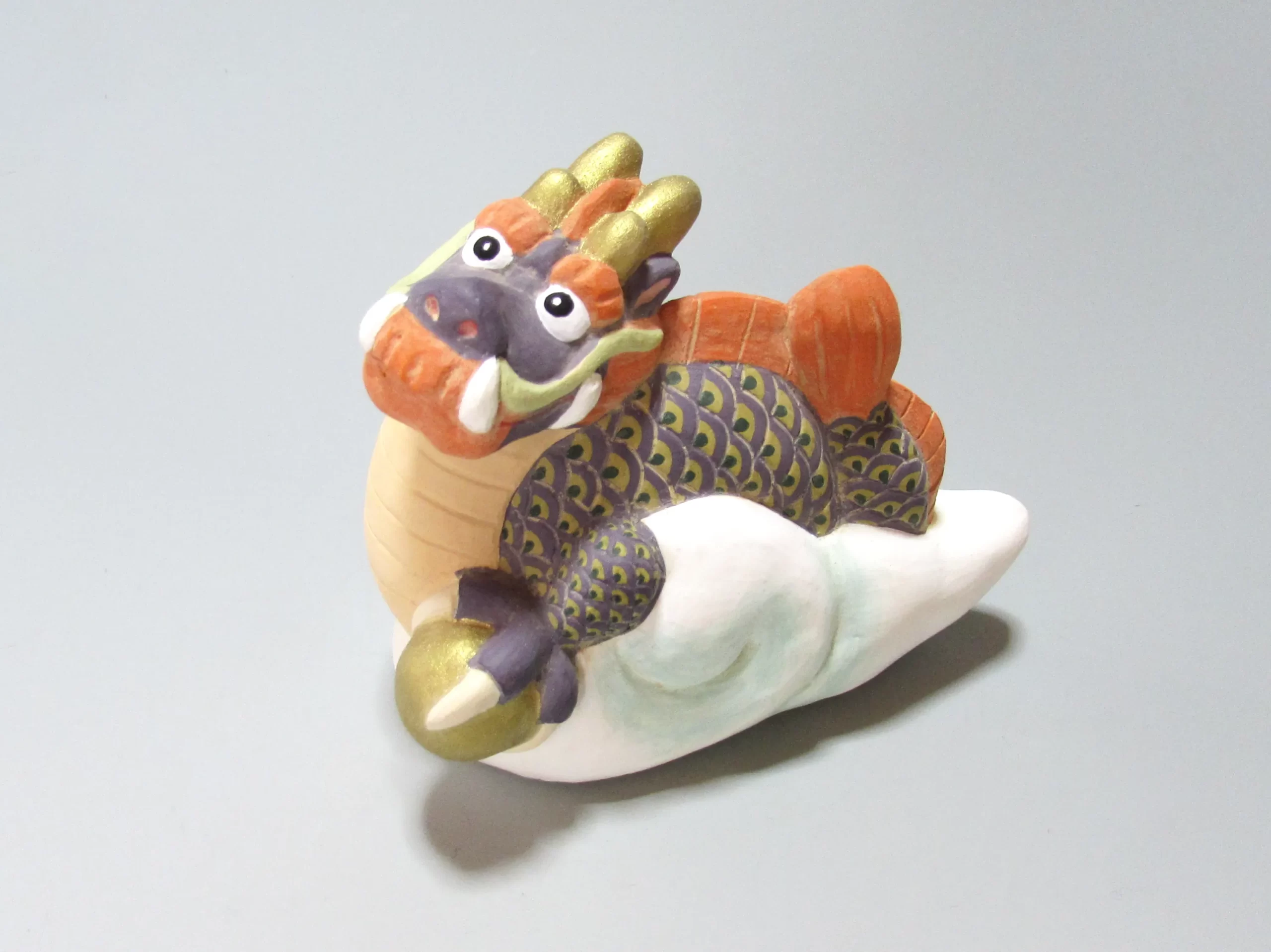
A New Perspective Nestled in Tradition
Japanese Zodiac
The Japanese zodiac is based on a 12-year periodic cycle of animals. Each of the 12 years has an animal that symbolizes it. There is a well known Japanese folk tale about a god who gathers the animals on the morning of New Year’s Day. The story goes that the animals, having heard that the first twelve to arrive would each serve as the leader of the year in turn, competed to be the first. The result was: the Rat, the Cow, the Tiger, the Rabbit, the Dragon, the Snake, the Horse, the Sheep, the Monkey, the Rooster, the Dog, and the Boar. Incidentally, it seems that there is no cat in the 12 signs of the Japanese zodiac, because the cat was tricked by a mouse and got the date wrong.
The year 2024 is the year of the Dragon, and next year is the year of the Snake.
Shaping Joy into Form
Hina Dolls
In Japan, March 3rd is Hinamatsuri (Doll’s Day/Girls’ Day). This custom spread during the Edo period. Originally, multiple Hina dolls were put on display to celebrate the growth of girls, but nowadays both men and women receive them as congratulatory gifts or display their favorite. These carefully crafted dolls are characterized by their refinement and charm.
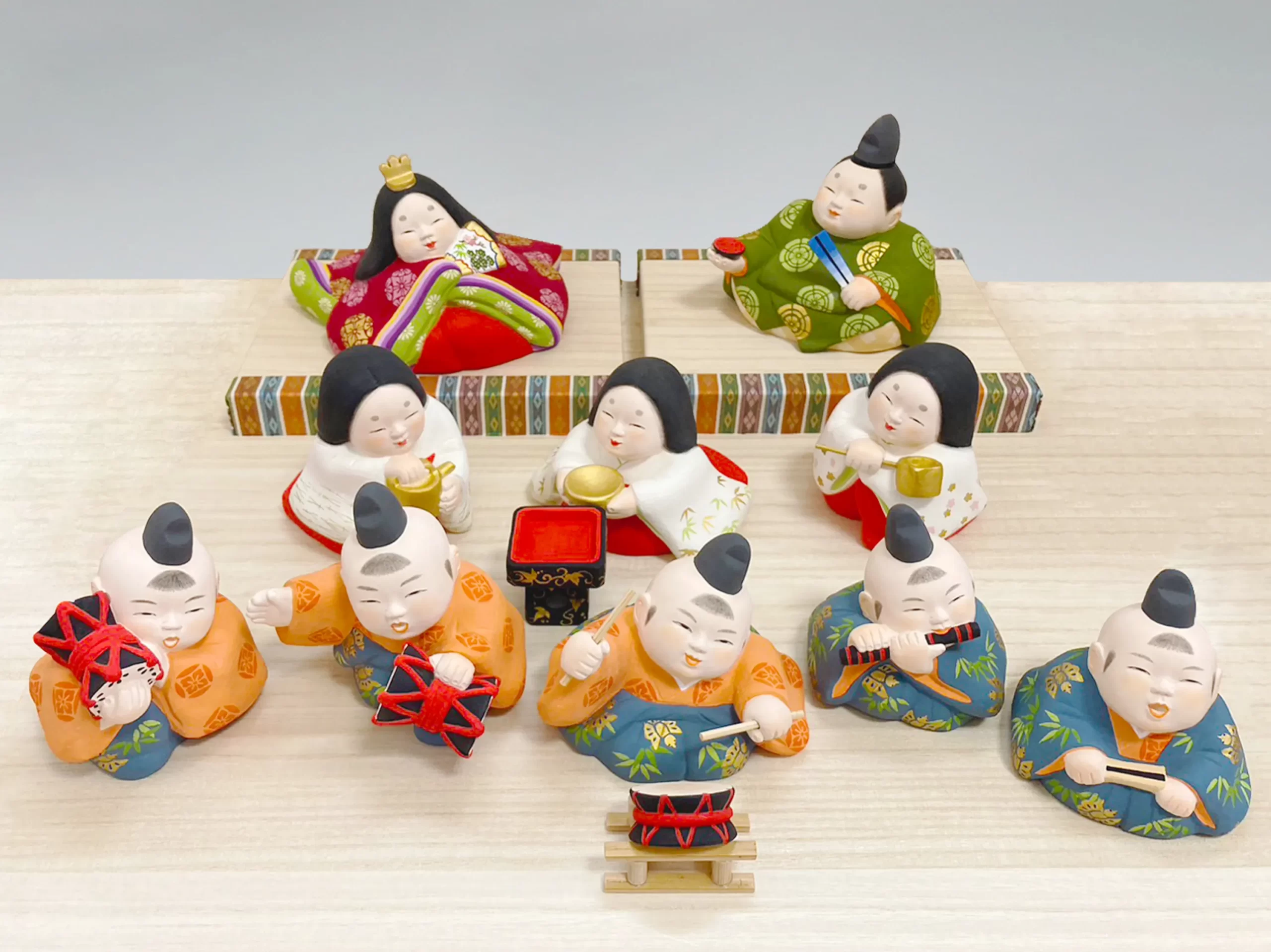
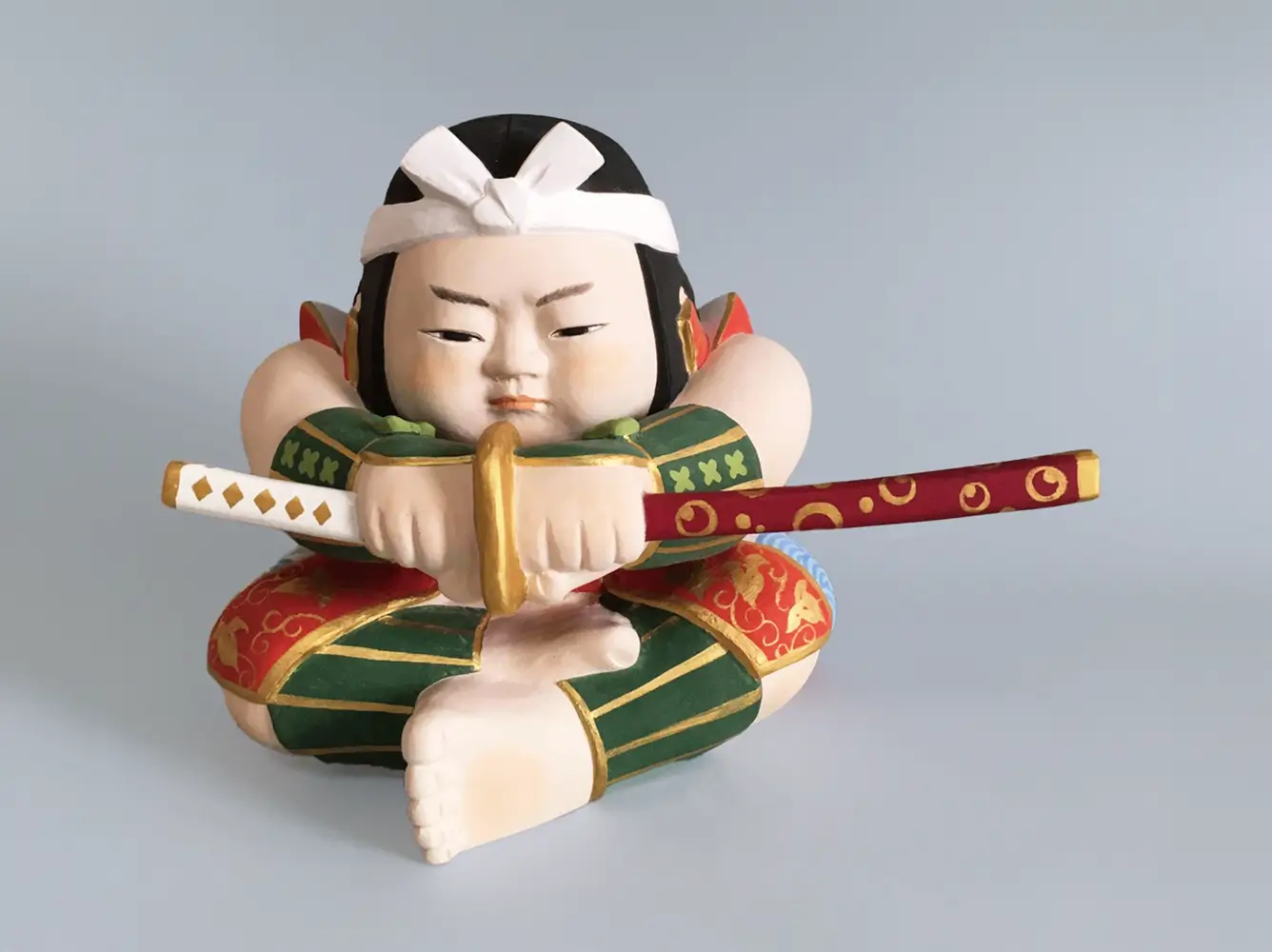
Wishes for a Healthy Growth
May Festival Dolls
May Festival dolls are displayed in celebration of Boys’ Day. They are displayed in the hope that children will grow up strong and healthy, protecting them from illness, accidents, and other calamities. This custom spread during the Edo period.
Samurai armors and helmets are displayed as protective amulets, with the hope that children will grow up to be safe, healthy, and strong. Boys’ May Festival dolls were originally put on display to celebrate the growth of boys, but nowadays both men and women receive them as congratulatory gifts or display their favorite. We believe it is important that these dolls possess the elegance and dignity that suit the aspirations you hold for your child.
Sunny Days Bring Good Fortune
Otafuku
Otafuku is a woman popular in Japanese folklore. Her name literally means “a lot of good luck.” Owing to her plump, smiling face, she is considered the Goddess of Happiness, and is also a symbol of well being and good fortune.
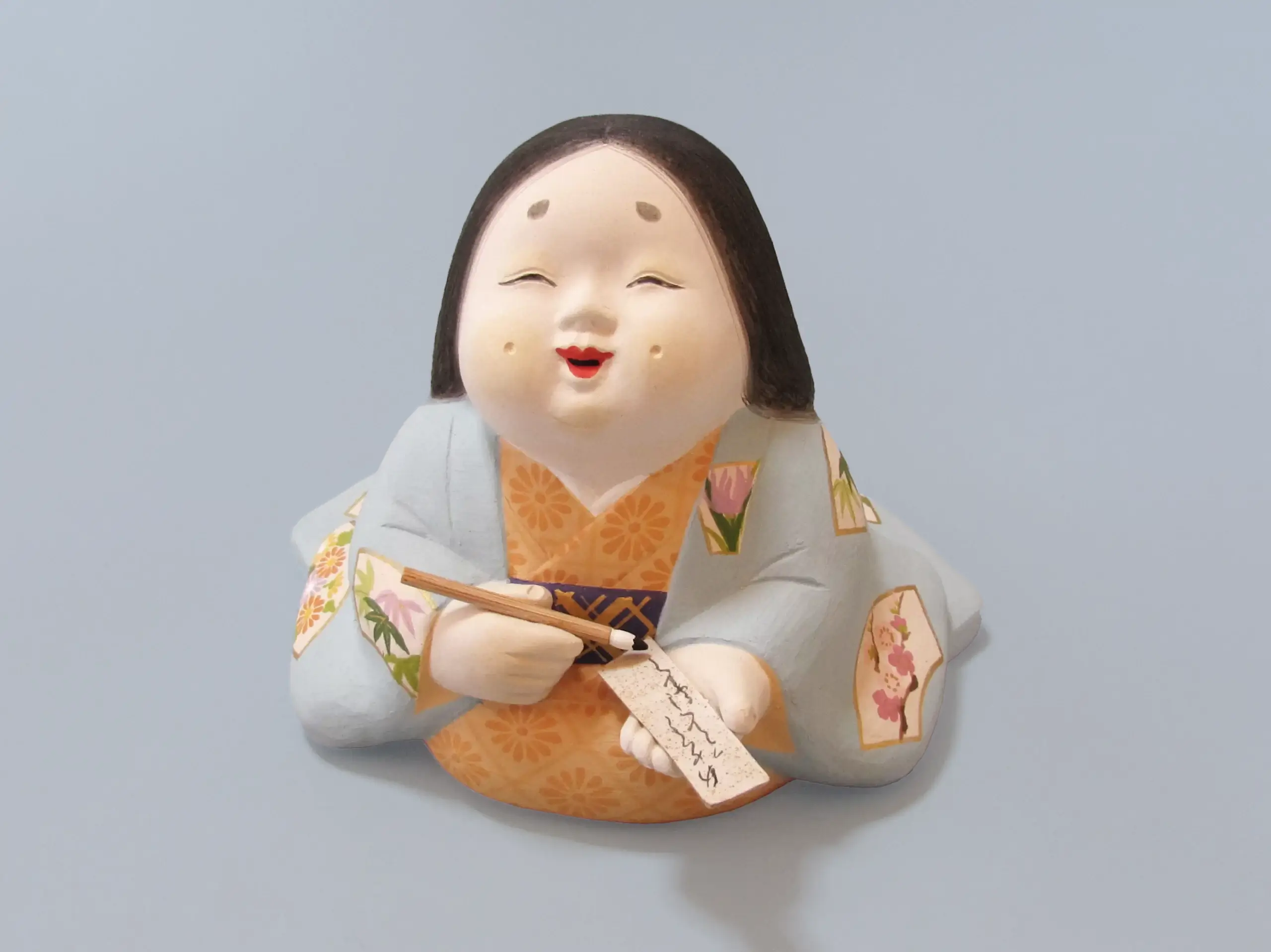
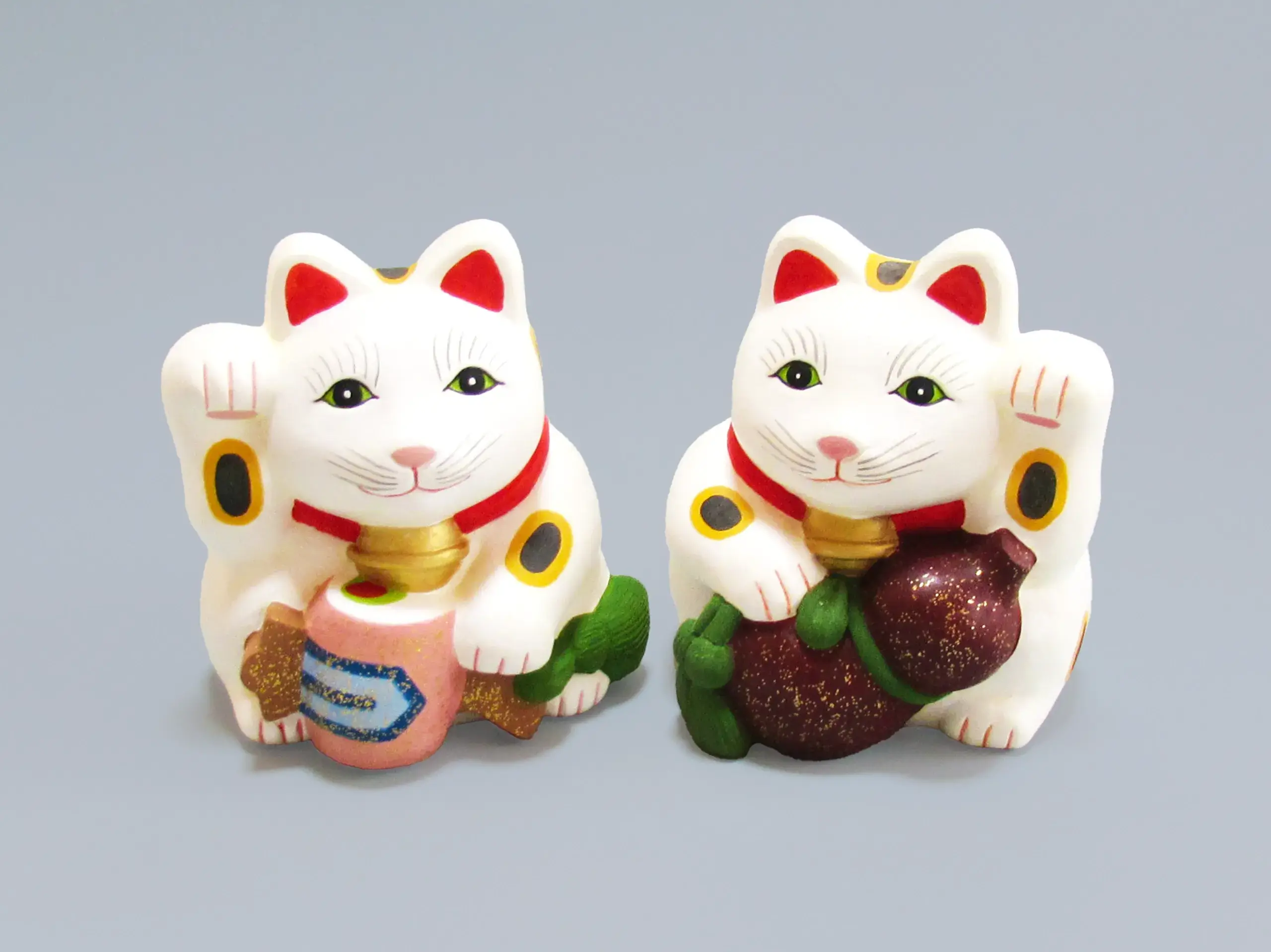
Gifts of Good Fortune and Blessings
Engimono (lucky charms)
Japanese people have long been familiar with objects said to bring good fortune or to enhance financial luck. These objects are called “engimono” (lucky charms). Typical examples are the “maneki-neko” (beckoning cat) and the “daruma” (Daruma doll). Each has its own meaning, such as prosperity in business, fulfillment of a great ambition, financial fortune, family happiness, longevity, and so on.
Take a look and find your favorite engimono.
Good-hearted scenery and feelings
Original
We continue to create original and creative dolls utilizing the characteristics of unglazed clay dolls.
Each craftsman uses his or her own individuality to create works of art that will accompany you in your daily life.
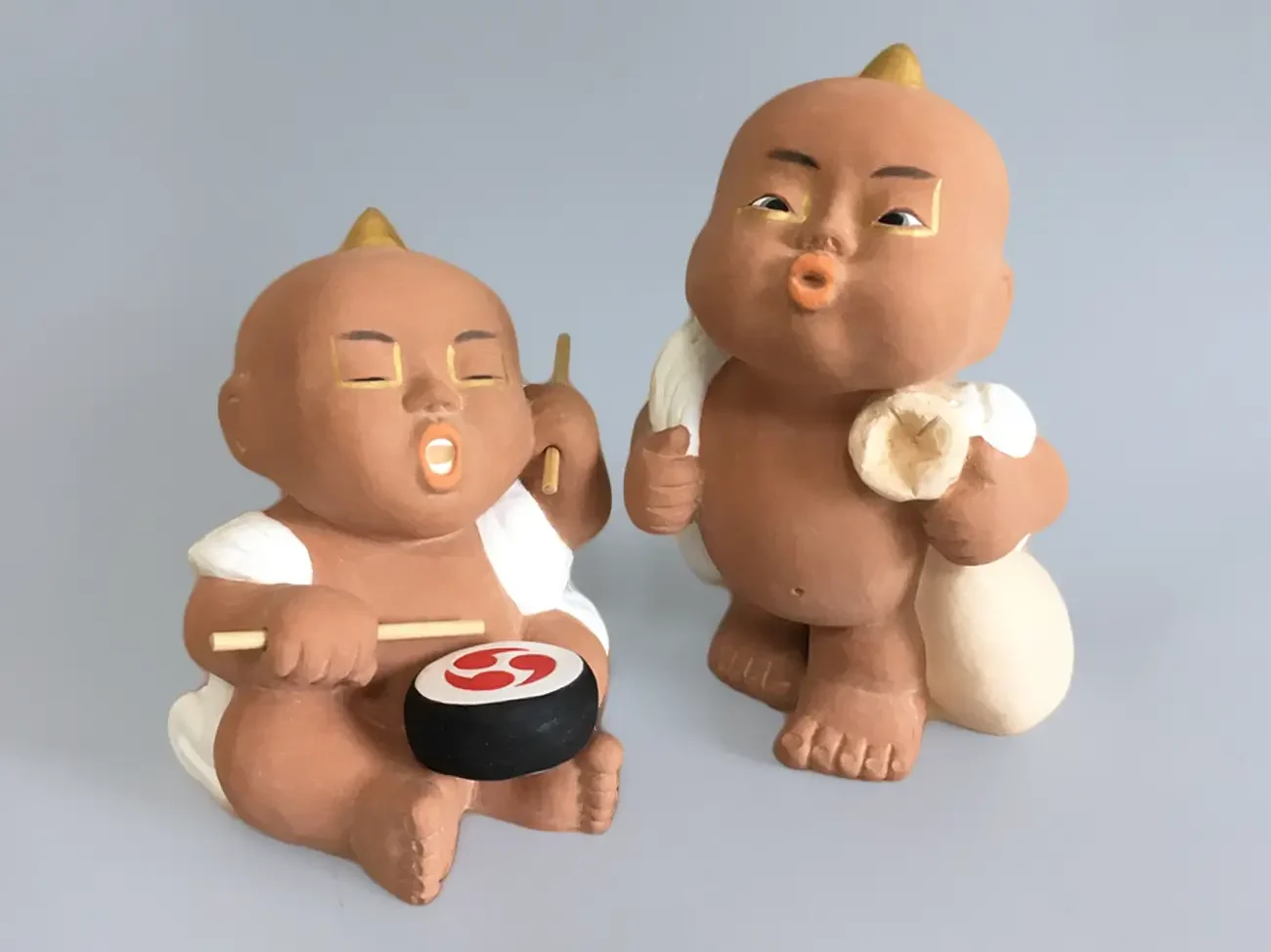
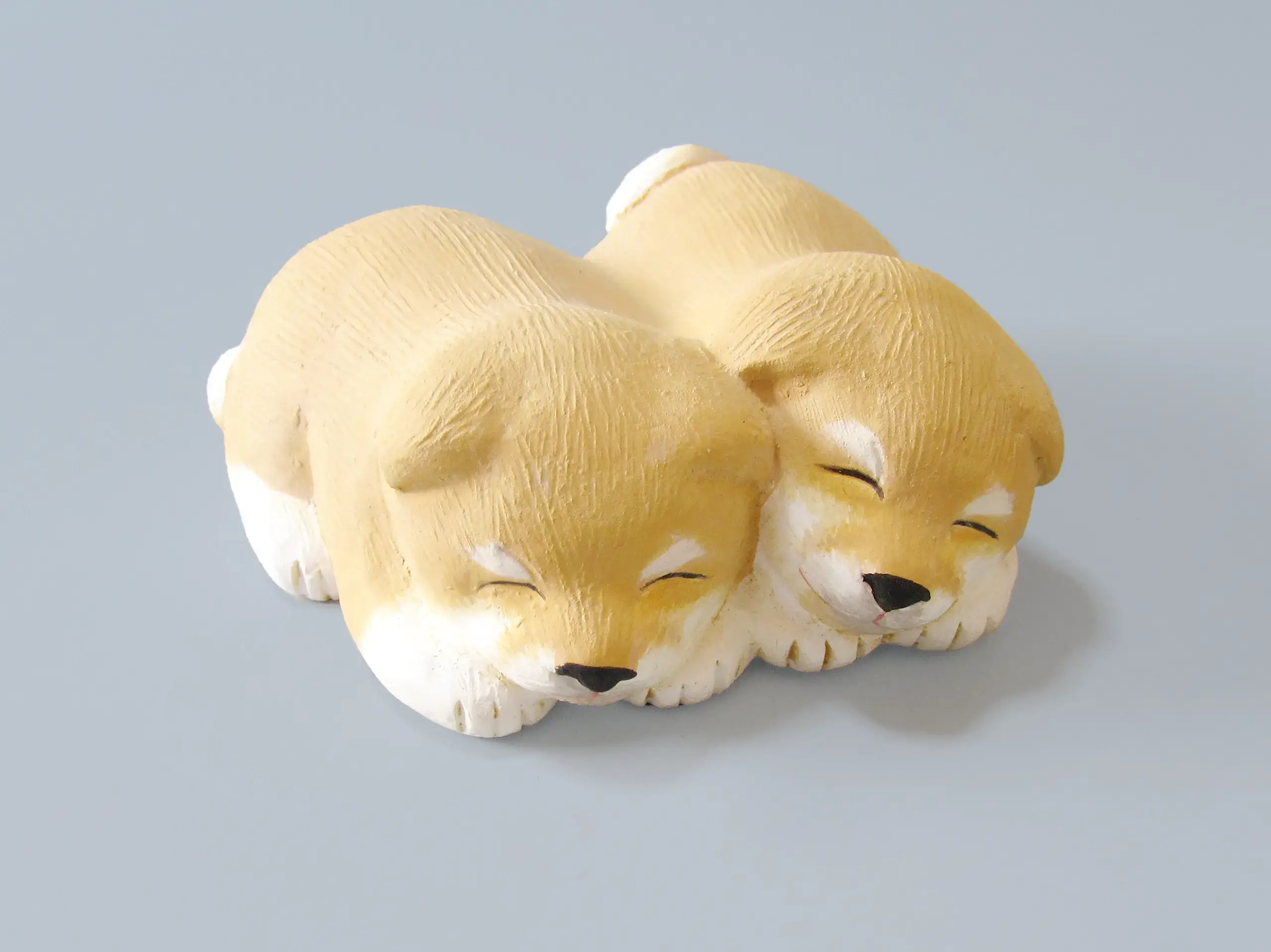
Various expressions of lovely
Animals
Animals show us a wide variety of facial expressions. We treasure the gentleness and warmth that we can create by making the most of the texture of suyaki clay dolls. We are dedicated to creating pieces that soothe the hearts of those who see them.
Order Information
We accept orders and inquiries about works, as well as consultations.
Please feel free to contact us by phone or email.
